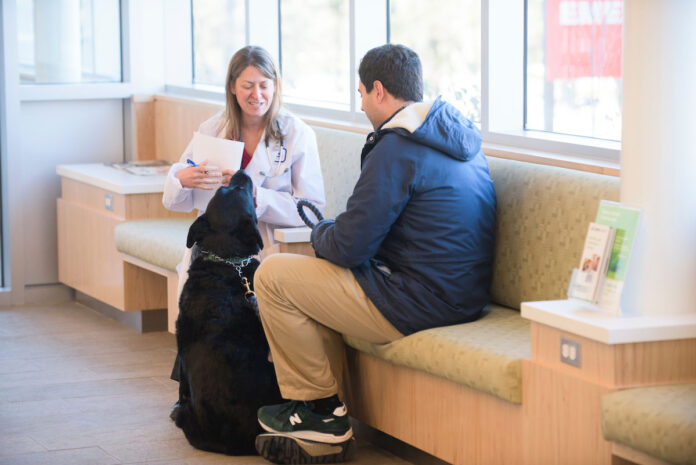Understanding Your Pet’s Diet: A Guide for Pet Owners
When pet owners discuss their animals’ diets, the focus often lands on the pet food itself. Common phrases like “it’s made with the best quality ingredients,” or “it’s grain-free” are frequently heard. While these aspects are important, determining the best nutrition for your pet requires a deeper understanding beyond just the ingredients. Here, we explore how to properly inform your veterinarian about your pet’s diet to ensure optimal health and wellness.
The Importance of Comprehensive Dietary Information
Providing your veterinarian with a full account of what your pet eats is crucial for making informed health recommendations. Here are some key reasons why this information is essential:
- Identifying Health Problems: Some dietary choices may contribute to health issues, causing deficiencies or toxicities. For instance, home-cooked diets often lack essential nutrients, which can result in serious health conditions like bone fractures or seizures.
- Understanding Medical Conditions: A pet’s specific health challenges might be aggravated by inappropriate diets. For example, a cat with heart disease may suffer from congestive heart failure if consuming a sodium-rich diet.
- Narrowing Down Medical Problems: Knowing precisely what your pet eats can assist in diagnosing medical issues more efficiently.
- Ensure Nutritional Completeness: It’s important to verify that the overall diet is balanced. For example, if more than 10% of a pet’s calories come from treats or table scraps, it could dilute the nutrients provided by their main pet food.
Key Components of Your Pet’s Diet
Your veterinarian needs complete information not just about the pet food brand, but also about all dietary components. This information includes:
- Pet Food: Specify the brand, type, and flavor. Include enough detail so that the vet could purchase the exact product.
- Home-Prepared Diets: Provide detailed recipes to ensure the vet understands what your pet is truly consuming.
- Commercial Treats: Document the brand, flavor, and frequency of treat consumption, particularly since these can significantly affect overall calorie intake.
- Table Food: List all human foods contributed to your pet’s diet, including amounts and frequency of feeding.
- Rawhide and Chews: Include all dental products and similar items, as they contribute calories and nutrients.
- Dietary Supplements: Clearly state the brand, product, and dosage, as improper supplementation can lead to toxic levels.
- Food Used for Medication Administration: Identifying foods used to give medications is crucial, as they contribute to the overall caloric and nutritional profile.
The Risks of Ignoring Dietary Details
Neglecting to provide thorough dietary information can put your pet at risk. Some diets may contain harmful ingredients unknowingly, such as onion or garlic, which can damage red blood cells. Additionally, less-known pet food brands might not adhere to high-quality standards, leading to unbalanced nutrition.
If you feed your pet a homemade diet, it’s advisable to consult with a veterinary nutritionist. Improperly formulated diets often fail to meet your pet’s nutritional needs, putting their health in jeopardy.
How to Prepare for Your Vet Visit
One effective way to ensure you present complete dietary information during veterinary visits is to fill out a diet history form. Resources like the World Small Animal Veterinary Association provide helpful tools for tracking your pet’s nutrition.
By gathering and sharing comprehensive dietary details with your veterinarian, you can help guarantee your pet receives the best possible care and nutrition, ultimately enhancing their health and longevity.











